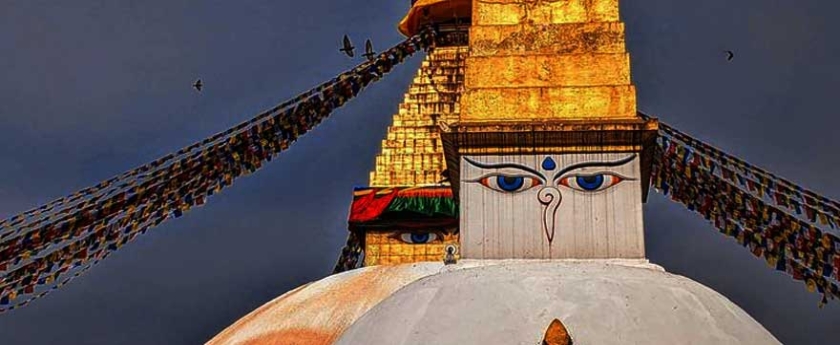
Nestled in the vibrant city of Kathmandu, Boudha Stupa, also known as Boudhanath or the Great Stupa, is an iconic symbol of Buddhism and a UNESCO World Heritage Site. Why is Boudha Stupa So Special? Spiritual Center: Boudha Stupa is not just a structure; it's a spiritual center for Buddhists worldwide. The atmosphere here is filled with chants, prayers, and a sense of deep serenity. Architectural Marvel: Its magnificent dome and the watchful eyes of the Bud Read More »
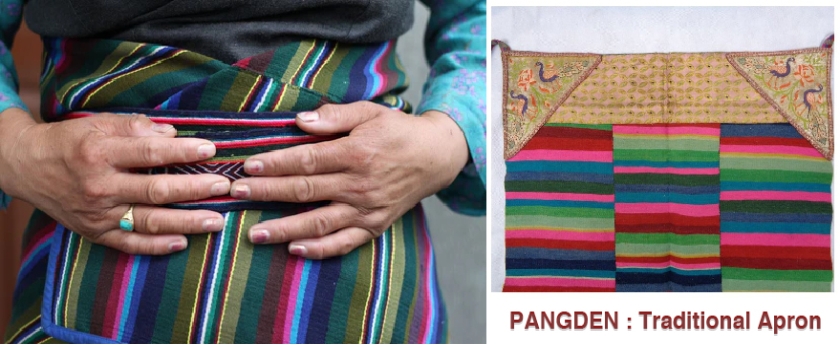
The "pangden" is the apron worn by many Tibetan and Ethnic Tibetan women on the front of their dress. They also wear similar, colorfully striped aprons around their waists and backside. It is a colorful apron made of faconne woollen fabric, which is popular among Tibetan/Sherpa women. Pangden is made from the same materials as pulu (the material used to make Tibetan robes), but it is thinner, more delicate, and smaller. The pangden' fabric is also used to make waistcoa Read More »

यार च्याङ यसको मतलव बर्षे चाड भन्ने हुन्छ । यो उँभौली लागेपछि चौरी गोठ पाल्ने शेर्पाहरुले सामूहिक रुपमा देवता पुज्ने धार्मिक पर्व हो । त्यस अवसरमा चौरी गोठालाहरु सबैले सजाएर आएको गोप् Read More »
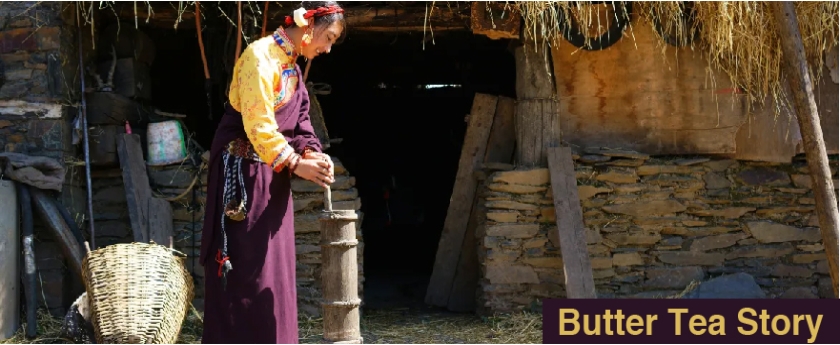
कुनै समयमा एक जना राणा हाकिम सोलुखुम्बुको शेर्पा गाउँमा पुगेछ I राणा हाकिमलाई शेर्पाले सम्मान पुर्बक शेर्पा सोल्च्या अर्थात शेर्पा नुन-चिया एक कप पिउन अग्र्हा गरेछ I राणा हाकिमले सुर्र एक Read More »
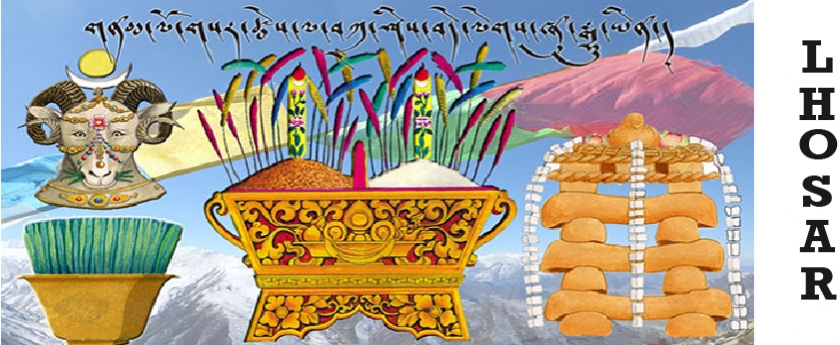
Lhosar Greeting recited during Lhosar Tashi Delek phun-sum Tsok Ayma Bha-dro kun-kham sang Ten-du dewa thop-par shog gong-ni gong-du phel-bar shog Meaning in English Auspicious, goodness and abundance to you May you be healthy and peaceful May you find eternal peace and happiness May your pursuit of peace and happiness flourish day by day Read More »

The Four Harmonious Friends These four harmonious animals represent the four terrestrial habitats of the sky (Bird), tree (monkey), ground (elephant), and the underground (hare). The banyan tree is portrayed as a fruit-bearing tree. Buddha related this story to the Tittira Jakata parable of the "Honoring of Age". "Once, beneath a great banyan tree, there lived three friends, a bird, a monkey, and an elephant. Their mutual respect had diminished. So, in orde Read More »
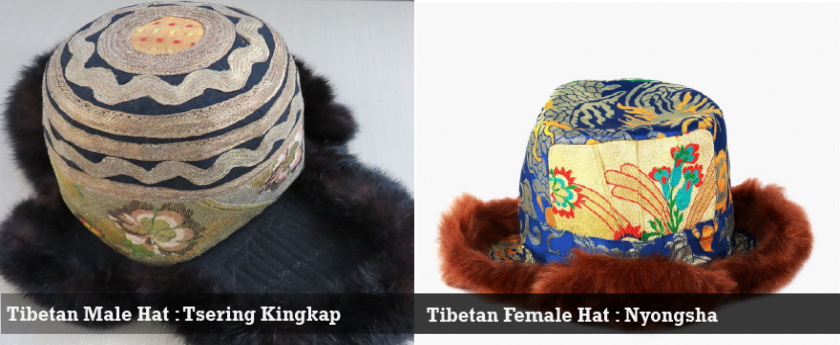
How tibetan hat was named ? In 6th Century in Tibet there was a talented cobbler named " Tsering ". He made a special handmadehat for the king with a fine material Gyaser kingkap & a leather fur. He took it to the king loved the concept of the cobbler hat very much. The king loved the Hat so much that he named the Hat with the Cobbler name. The king then named it " Tsering Kingkap" as a appreciation to the Cobbler for his hard work and concept. Read More »

Tibetan Buddhist Offering Prayer Before starting Meals ( Damchoe ) Like many people, Tibetan Buddhist commonly say a prayer before drinking tea or food. If it is said before drinking tea, it is called chamchoe, while the Tibetan Grace prayer before meals is called damchoe. Lobsang teaches you how to say the damchoe in the video below. The prayer is essentially a simple appreciation of and offering to the Three Jewels — the Buddha, the Dharma and the Sangha. In Read More »
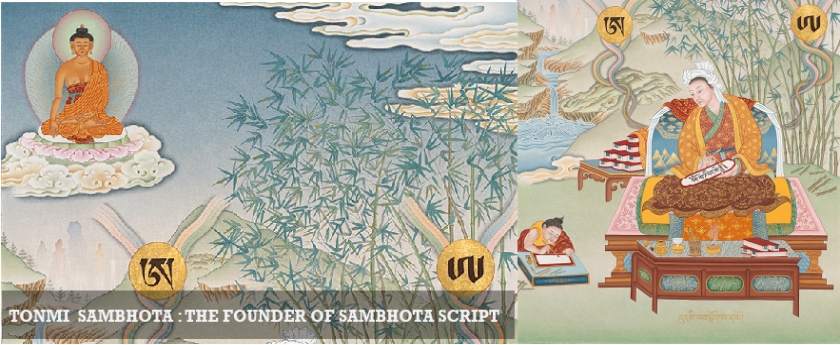
Tonmi Sambhota was the inventor of the Tibetan Script.The Sanskrit part of his name, Sambhota, is comprised of "sam", meaning scholar, and "bhota", meaning Tibet. He was born in 619 AD into a family of a minister of Tibet in a place call Tu. Since early childhood, he was extremely intelligent. In 622 AD,the king Songtsen Gampo sent Tonmi and other young ment to india to study and research scripts in order to create a script for the Tibetan Language. At that time, Tonmi Samb Read More »
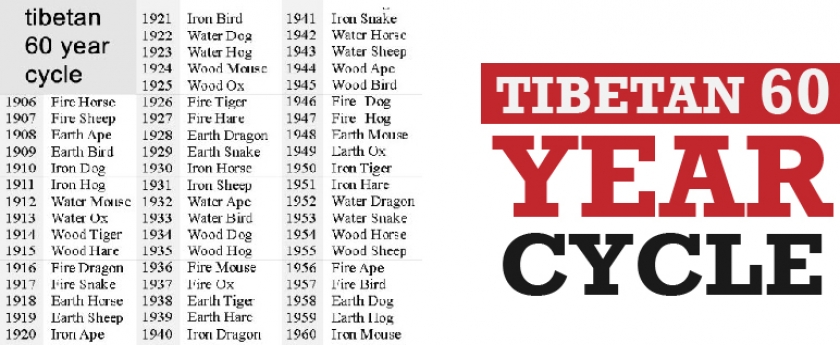
Table of Years 1027-1566 This table shows Tibetan and Gregorian calendar equivalents. The Tibetan astronomical system and calendar making is based on the Sri Kalachakra Tantra (Wheel of Time Tantra), which was translated into Tibetan from Sanskrit in 1027 A.D. Therefore Tibetan calendar also began year 1027, which was a Fire-Rabbit Year. The Tibetan calendar operates with a 60-year cycle of five elements and twelve animals. This cycle is called Rab-byung and it runs from a Fire-Ra Read More »